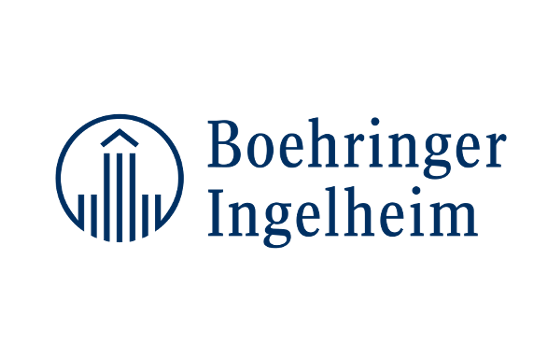
Boehringer Ingelheim and China Southeast University Institute of Life Sciences have announced the start of a joint research project to develop new treatment approaches for hearing loss through regeneration of hair cells from inner ear stem cells. The new collaboration combines the expertise of Professor Renjie Chai, one of the worldwide leaders in the field of hearing loss, with Boehringer Ingelheim’s expertise in drug discovery and clinical development to pave the way for the development of much needed new treatment options for this condition.
About Research Beyond Borders (RBB)
RBB is a global research division newly established within Boehringer Ingelheim's discovery research organization. RBB supports discovery research activities for the development of pharmaceutical products in Boehringer Ingelheim's key therapeutic areas (cardiometabolic, respiratory, immunology, oncology, central nervous system) as well as disease areas with considerable unmet needs, such as sensorineural hearing loss, by identifying cutting edge medical and scientific fields and technologies in a timely and efficient manner through the discovery of new scientific results and technologies.
About Boehringer Ingelheim
Boehringer Ingelheim is one of the world's 20 leading pharmaceutical companies. Headquartered in Ingelheim, Germany, Boehringer Ingelheim operates globally through 145 affiliates and a total of some 47,500 employees. The focus of the family-owned company, founded in 1885, is on researching, developing, manufacturing and marketing new medications of high therapeutic value for human and veterinary medicine.
Social responsibility is an important element of the corporate culture at Boehringer Ingelheim. This includes worldwide involvement in social projects through, for example, the initiative "Making More Health" while also caring for employees. Respect, equal opportunity and reconciling career and family form the foundation of mutual cooperation. The company also focuses on environmental protection and sustainability in everything it does.
In 2015, Boehringer Ingelheim achieved net sales of about 14.8 billion euros. R&D expenditure corresponds to 20.3 per cent of net sales.
About China Southeast University
Southeast University (SEU) is one of the national key universities administered directly under the Central Government and the Ministry of Education of China. Southeast University has become a comprehensive and research-oriented university featuring the coordinated development of such multi-disciplines as science, engineering, medicine, literature, law, philosophy, education, economics, management, art, etc., with engineering as its focus. The university boasts a high-level faculty of over 2,700 full-time teachers, including 1800 full or associate professors, 835 doctoral supervisors, 1,889 supervisors for masters, 13 academicians of the Chinese Academy of Sciences and Academy of Engineering. At present, it has an enrollment of over 30,000 full-time students, including 14,440 postgraduate students; it also has over 3,300 on-the-job master’s degree candidates. The university now comprises 29 schools or departments with 75 undergraduate disciplines in all.
Boehringer ingelheim, china southeast university collaborate, hearing loss